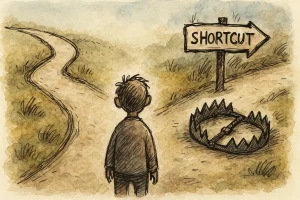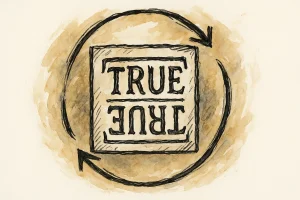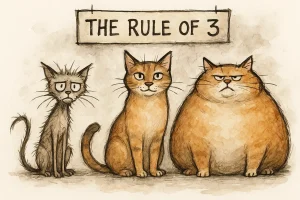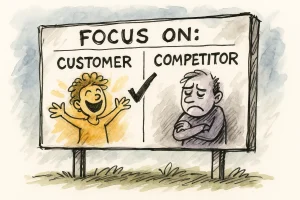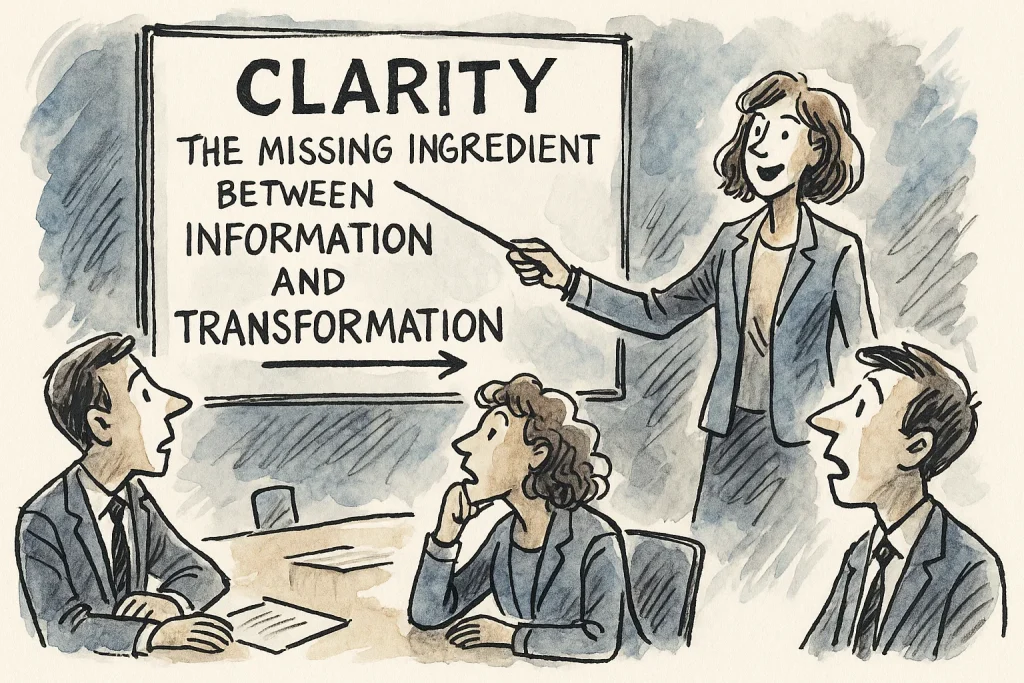
We live in the age of data overload. Feeds that never end, notifications pinging all the time, reports in industrial quantities. Illogically, the more information we receive, the more paralyzed we become when faced with choices. That’s why today, what people need is not more information – it’s clarity.
Clarity works as a reality filter. It selects what matters, organizes priorities, and, most importantly, turns confusion into action. Information alone is passive. Clarity is the trigger for action. And it’s action – not the accumulation of content – that changes results, careers, and organizations.
But why are we swimming in data and dying of thirst for clarity?
- Cognitive overload: Our brains have a limited capacity to process stimuli. When input is disorganized, it goes into defense mode: postponing decisions.
- Lack of hierarchy: Without criteria for importance, all information seems urgent – and none becomes truly relevant.
- Absence of context: Data without practical application creates the illusion of knowledge, but doesn’t direct behavior.
So, how can we create clarity for ourselves and others?
- Define the purpose before the details: Ask, “What exactly do I want to solve or learn?” Then, select information that serves that purpose.
- Use visual frameworks: Mind maps, prioritization matrices, and infographics condense complexity onto a single page, making decisions easier.
- Synthesize: When consuming content, force yourself to create one-sentence summaries. If you can’t, you probably haven’t understood it yet.
- Turn insight into a calendar: Ideas only turn into action when they have a date, time, and assigned responsibility. Without this, they remain in a state of “good intention.”
If you hold a leadership position, your central role is not to dump more slides onto the team, but to create a clear path. Where are we, where are we going, why are we here, and what is the next non-negotiable step. Teams don’t fail due to lack of technical information – they fail due to lack of alignment and focus.
In the end, it’s not the one who knows more who moves forward – it’s the one who sees better.
That’s it.

